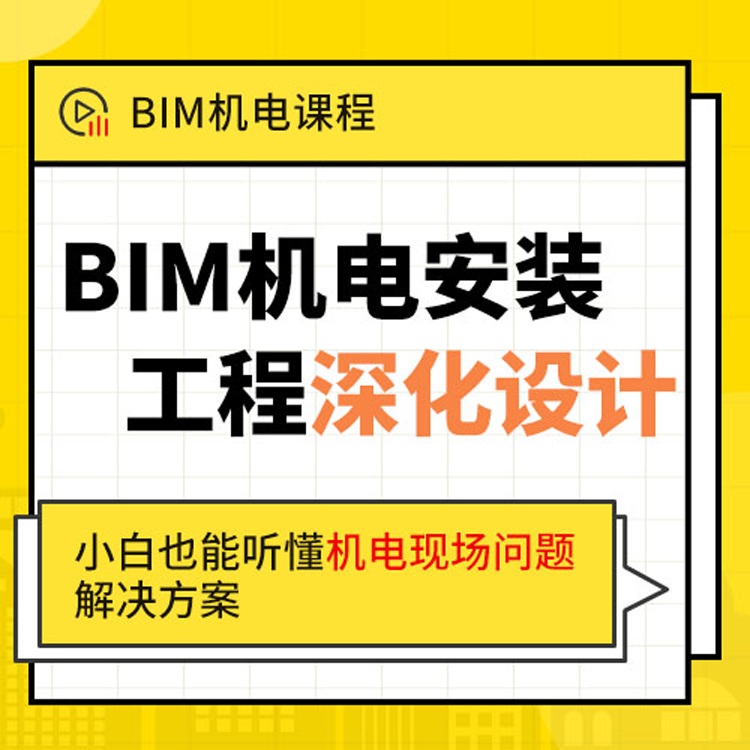【摘要】 GRE网权威发布2017年GRE考试阅读理解模拟试题及答案,更多2017年GRE考试阅读理解模拟试题及答案相关信息请访问GRE留学外语考试网。 Benj
GRE网权威发布2017年GRE考试阅读理解模拟试题及答案,更多2017年GRE考试阅读理解模拟试题及答案相关信息请访问GRE留学外语考试网。Benjamin Franklin is portrayed in American history as the quintessential self-made man. In “Self-reliance”, Emerson asks, “Where is the master who could have instructed Franklin...?” In fact, Franklin took instruction widely, and his scientific work was highly collaborative. Friends in England sent equipment needed for his electrical experiments, others, in Philadelphia, helped him set up his workshop there. Philip Syng constructed a device for generating electrical charges, while Tomas Hopkinson demonstrated the potential of pointed conductors. Franklin, in addition to being the group’s theoretician, wrote and published its results. His fame as an individual researcher is partly a consequence of the shorthand by which when one person writes about a group’s discoveries, history sometimes grants singular credit for collective effort.
1. Which of the following best describes the function of the highlighted sentence?
A. It states a viewpoint about Franklin with which the author disagrees.
B. It introduces new evidence about Franklin’s role in the collaborative process.
C. It explains Franklin’s reputation in terms of a broad scholarly phenomenon.
D. It emphasizes the extent to which Franklin relied on others in his workshop.
E. It describes Franklin’s approach to writing scientific results.
2. Emerson is mentioned in the passage primarily to
A. Identify the origin of a particular understanding of Franklin
B. Elaborate on a view of Franklin that the author takes issue with
C. Point to a controversial claim about Franklin’s historical legacy
D. Introduce the question of who Franklin’s main scientific influences were
E. Suggests that Franklin was resistant to collaboration with other scientists
答案:
C B
